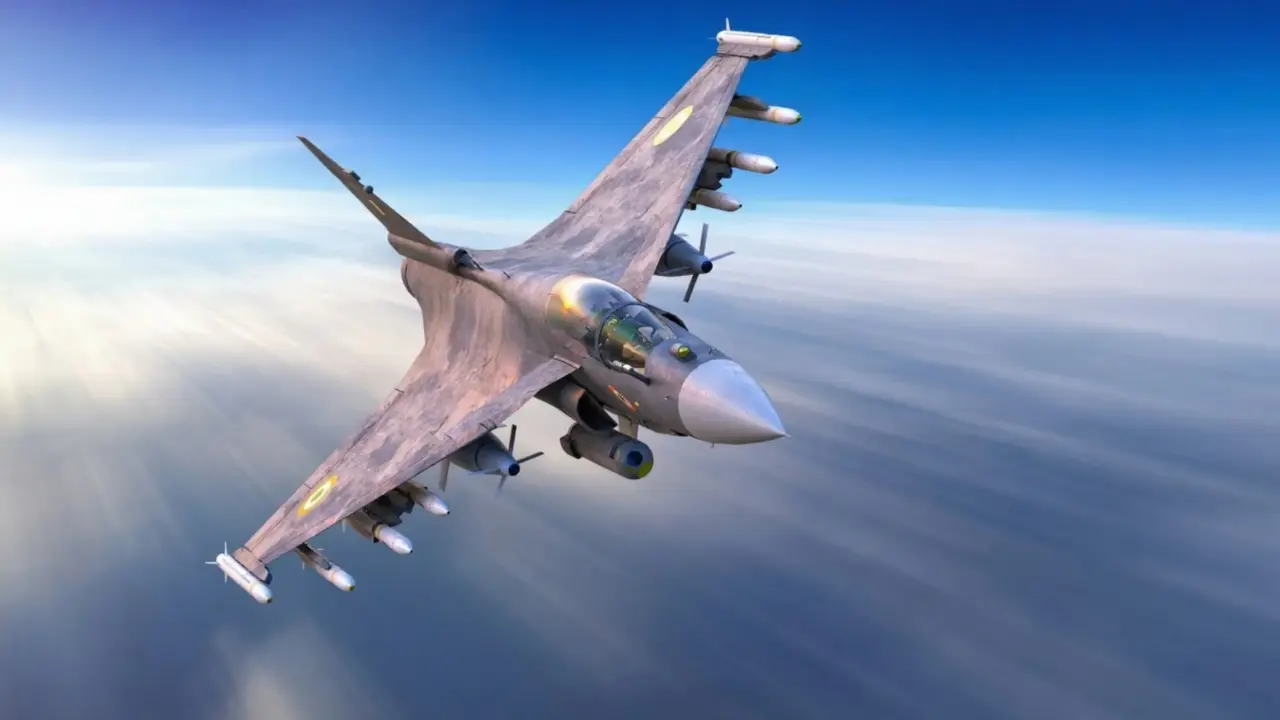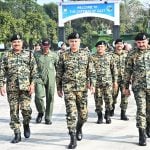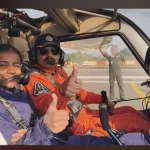The TEJAS MK-2, India’s much-anticipated Medium Weight Fighter, is emerging as a showcase of indigenous aerospace innovation. Developed by Hindustan Aeronautics Limited (HAL) along with DRDO and the Aeronautical Development Agency (ADA), the MK-2 is designed to replace ageing IAF fighters such as the Mirage 2000, Jaguar, and MiG-29.
With its prototype rollout expected by the end of 2025 and induction planned by 2029, the TEJAS MK-2 aims to feature over 90% indigenous content in later production phases. A major highlight of the aircraft is its integration of Indian-designed technologies that significantly reduce dependence on foreign systems while enhancing combat capability and flexibility.
Here are six key Made-in-India technologies going into the TEJAS MK-2:
- Uttam AESA Radar
Developed by DRDO’s LRDE, this radar provides multi-target tracking, electronic warfare support, and BVR engagement capability. It represents a major step towards radar self-reliance and is currently undergoing flight trials. - Indigenous Mission Computer
Jointly developed by HAL and DRDO, the open-architecture mission computer integrates navigation, weapon control, and sensor fusion, enabling software upgrades without foreign assistance. - Electronic Warfare Suite
Designed by DRDO’s Defence Avionics Research Establishment, the EW suite offers radar warning, jamming, and countermeasure deployment to enhance survivability in hostile airspace. - Fly-by-Wire Flight Control System
The Indian-developed quadruplex fly-by-wire system improves combat manoeuvrability, handling at high angles of attack, and flight safety through redundant controls. - Cockpit Display Systems
HAL and BEL have built multifunction wide-area cockpit displays, forming a modern glass cockpit that improves pilot situational awareness and supports helmet-mounted systems. - Indigenous Weapons Integration
The MK-2 is configured to carry Indian weapons like Astra BVR missiles, SAAW, and laser-guided bombs, ensuring an entirely indigenous offensive loadout.
With a powerful GE F414 engine in its early production and plans to adopt an Indian Kaveri variant in future, the TEJAS MK-2 stands as a bold leap in India’s defence self-reliance journey. These technologies are not just upgrades—they represent India’s growing capability to design, build, and field cutting-edge combat aircraft systems independently.













